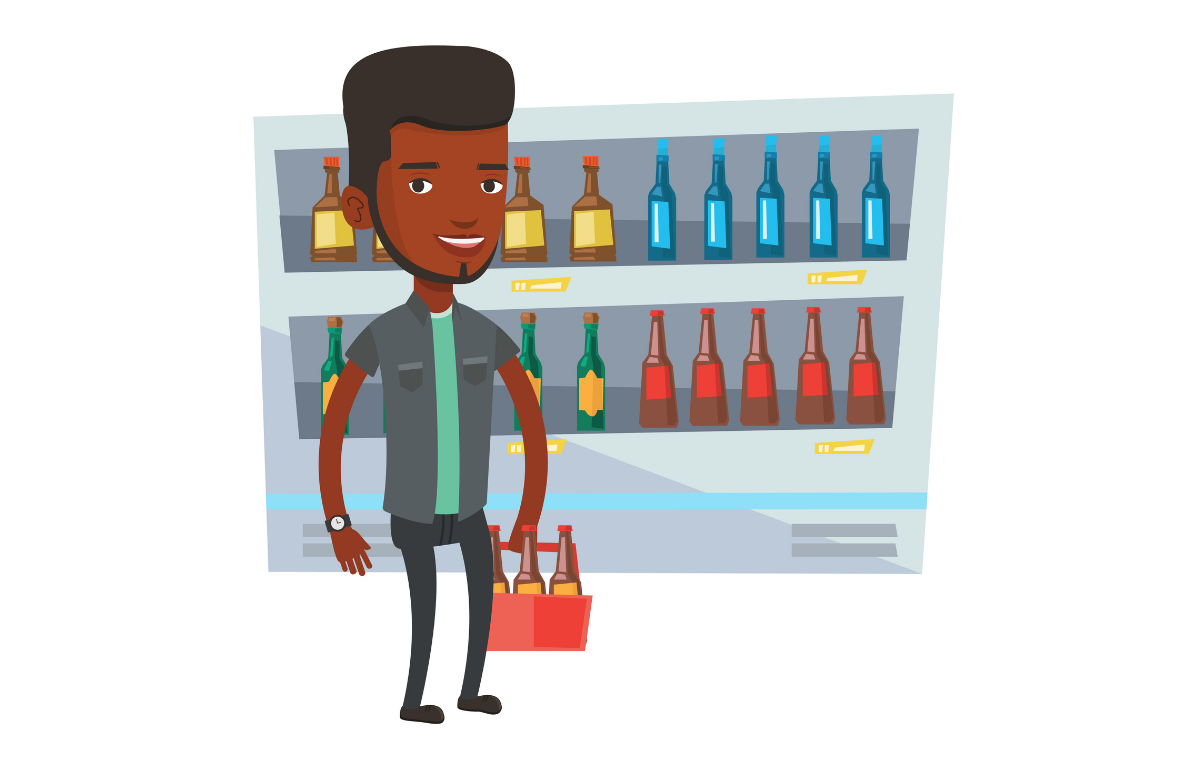In just seven years, the average beer shopper has undergone what equates to a generational change.
Compared with 2012, today’s beer buyer moves lightning fast. They’re harder to reach. And with more choices than ever, they’re more difficult to persuade. But they also come with a silver lining: They’re as lucrative as ever.
“To say that the way consumers think about and navigate the beer category has changed would be a massive understatement,” says Jeff Long, MillerCoors chief commercial solutions officer.
To wit: Seven years ago, more than one-third of grocery store trips were for a stock-up. Shoppers would spend 45 minutes to an hour in a store, pushing a cart up and down the aisles and preparing for the week.
Today? The stock-up represents less than a quarter of trips. A full 75 percent of all grocery trips take less than 14 minutes, with shoppers entering fewer than five aisles and buying fewer than 10 items.
On top of that, shoppers are facing more choices than ever. Since 2012, the number of licensed breweries in the United States has tripled to nearly 9,000. The number of SKUs has doubled to 20,000.
The beer shopper of old waited until they were at the store to make their decision on what to buy.
“It used to be that they found the shelf, they had a few preferences or ideas before they got there and then they made decisions,” Long says.
With the venerable beer run more complicated than ever, shoppers today narrow their choices before they leave the house. And the key driver of those choices is the occasion. Hanging out with friends and grilling could call for a case of light lager. Dinner at a friend’s house could call for a six-pack of craft or imported beer. A pool party could be occasion for a 12-pack of hard sparkling water.
With their decisions largely made before they leave the house, one in three beer shoppers now spend less than 10 seconds in the beer aisle. That’s why it’s critical retailers make sure they understand the role each segment plays with their shoppers, and that they have the right assortment of brands and packs where shoppers expect them. After all, research shows, a consumer who doesn’t find what he or she is looking for is a risk to walk without making a purchase.
All of this combines to present new challenges for retailers to convert those visits into purchases and for suppliers to reach them before they get there. “As center-store shopping shrinks and shopping trips become quicker, front-of-store and out-of-aisle merchandising that plays off occasions is critical,” Long says.
There’s plenty of incentive to get it right. Beer shoppers are lucrative, spending about 43 percent more per trip, on average, than the non-beer shopper. And they’re making more special trips to the store just to buy beer.
Taking a balanced approach to the beer aisle starts with the principle that every segment plays a role, Long says. With just 7 percent of shoppers buying exclusively from one segment, curating a category that ticks all the boxes — from economy beers to craft to FMBs to American light lagers — is critical.
When shoppers get to the shelves, they often “look for a higher-end offering, but having a solid offering at (lower price points) will continue to drive consumers,” Nielsen beverage alcohol practice manager Caitlyn Battaglia said at a conference earlier this year.
From there, Long says: Retailers that ignore the core do so at their own peril.
He pointed to 18-packs and 20-packs, which several retailers pulled in recent years because they thought consumers would simply trade up into 24- or 30-packs. Instead, retailers lost sales and the the number of households buying the brand declined.
“Eighteen-packs deliver on a unique occasion, and it is different than that of a 30-pack,” Long says. “Get it wrong, and you don’t just risk the beer, you risk the basket.”
And at a time of increased competition, few can afford taking that risk. The best way to avoid it is with a balanced approach, with all segments represented on the shelf, and plenty of room for core brands and packs, Long says. “Getting the right items on the shelf is more important than ever.”

